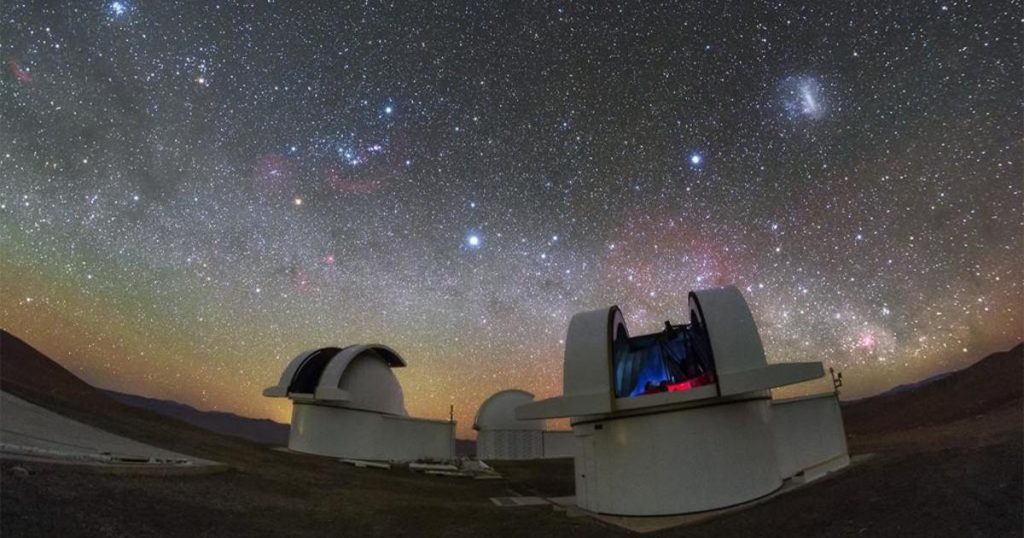
An international team of scientists announced Wednesday that they have discovered two new “super-Earths” just 100 light-years away. Both are much larger than our planet – and one of them may be suitable for life.
Super-Earths are a unique class of exoplanets in the Solar System and are more massive than our planet but lighter than ice giants, according to NASA. It is made of a mixture of gas and rock and can be up to 10 times the mass of the Earth.
The the findingsdiscovered by NASA’s Transiting Exoplanet Survey Satellite and the University of Liège’s search for habitable planets obscuring ultra-cool stars (SPECULOOS), . will be published In the Journal of Astronomy and Astrophysics.
Each of the newly discovered planets orbits LP 890-9, a “relatively low-activity” red dwarf star, which according to NASA usually has a narrow habitable zone.
The first planet, LP 890-9b or TOI-4306b, was first captured by a NASA satellite and later confirmed as an exoplanet by SPECULOOS. It is about 30% larger than our planet, has a radius of more than 5,200 miles, and orbits its sun in just 2.7 days.
But it is a second planet that was not known to scientists before, and it has proven to be the most interesting. LP 890-9c, or SPECULOOS-2c, is located slightly further from its star than the first planet. It is about 40% larger than Earth with a radius of more than 5,400 miles and takes about three times the length of its neighboring planet to orbit its star.
According to the researchers, the duration of this orbit falls within the star’s habitable zone.
“Although this planet orbits close to its star, at a distance about 10 times shorter than Mercury’s distance around our sun, the amount of stellar radiation it receives is still low, and could allow liquid water to exist on the planet’s surface,” said study co-author. Francisco Pozuelas “provided that the atmosphere is sufficient”.
That’s because the planet’s star, LP 890-9, is about 6.5 times smaller, and about half as hot as the sun, he explained.
“This explains why LP 890-9c, despite being closer to its star than Earth to the Sun, still has favorable conditions for life,” Puzuillos added.
The researchers now plan to study the planet’s atmosphere to determine its habitability. Based on their findings, it is believed that it could be the second most terrestrial planet suitable for sustaining life.
“The discovery of LP 890-9c thus provides a unique opportunity to understand and constrain the habitation conditions around the smallest and most magnificent stars in our solar region,” said lead researcher Laetitia Delris.
The new discovery comes just weeks after scientists announced the discovery of another “super-earth” that could support life. It is called the “water world”. The exoplanet, called TOI-1452 b, orbits a red dwarf star also about 100 light-years from our planet, which scientists say is “fairly close”.

“Avid problem solver. Extreme social media junkie. Beer buff. Coffee guru. Internet geek. Travel ninja.”






More Stories
Consumer interest in Apple Vision Pro appears to be declining – Apple
Meta opens Quest OS to other hardware manufacturers – Meta
Denmark: An 1,800-year-old miniature of Alexander the Great was found